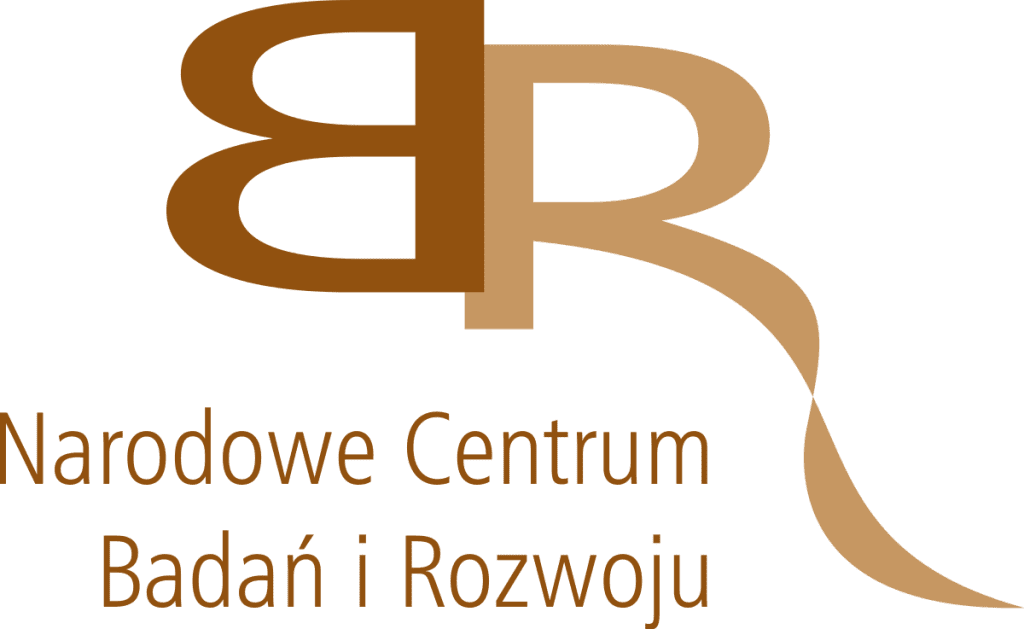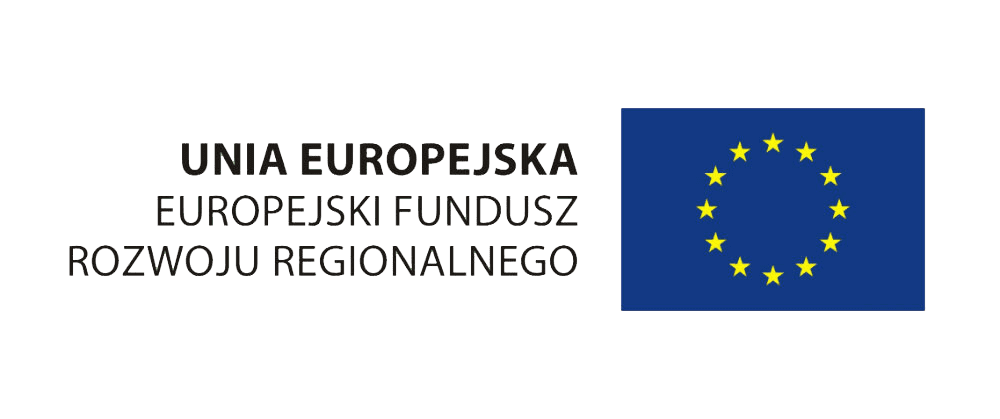Atrium Poland: 10 times faster short-term rental process
From the article, you will learn:
- What does the content of the eIDAS regulation cover?
- What is the difference between an ordinary electronic signature and an advanced and qualified one?
- What legal force do electronic signatures have?
eIDAS – what is it?
The eIDAS Regulation is an act of the European Parliament and the Council (EU) No. 910/2014 of July 23, 2014. It regulates and unifies the rules for transactions and electronic identification of natural and legal persons. From the point of view of entrepreneurs, the most relevant part of this document is the provisions on electronic signatures, and this is what we will focus on in this article.
The eIDAS regulation aims to facilitate access to electronic interactions and build an EU digital identity. Thanks to the unification achieved by the regulation, companies from Poland can quickly and securely digitally sign e-contracts with counterparties across the EU, and vice versa. eIDAS in Poland became effective on July 1, 2016.
Types of Electronic Signatures in Europe
eIDAS repealed Directive 1999/93/EC, which also dealt with electronic signatures and services that enable data authentication but was very general. This involved EU countries interpreting it in different ways and setting up separate internal regulations. As a result, national EID systems were not recognized in other member states. This blocked the natural development of digitization.
The eIDAS regulation unifies the set of rules within this framework and distinguishes:
- electronic signature,
- an advanced electronic signature,
- qualified electronic signature.
Electronic, advanced and qualified signature – differences
Electronic signature is a legal, general term for data in electronic form that is logically linked to other data in electronic form and used by the signer as a signature. Thus, an ordinary electronic signature is any electronic data used by the signer to sign other electronic data. Advanced and qualified signatures, on the other hand, are electronic signatures distinguished from ordinary signatures by the number of requirements that must be met for the signature to function.
An advanced electronic signature, in addition to meeting the conditions for an ordinary signature, must, among other things, be linked to the document being signed in such a way that a subsequent change of data in the document will be identifiable.
A qualified signature, on the other hand, is a type of advanced signature based on a qualified certificate. The certificate must be issued by a qualified trust service provider, and the signature itself must be made using a qualified device. There are also mobile types of qualified signatures, such as Asseco SimplySign or mSzafir, which do not require a physical reader or certificate card. This type of signature is recognized in all EU member states.
What does an eIDAS-compliant signature mean?
As Article 25(1) of the eIDAS Regulation states, “an electronic signature cannot be denied legal effect…”. In addition, a qualified signature has the legal force of a handwritten signature (Article 25 point 2 of eIDAS). Any type of signature that meets the requirements for a simple signature is an eIDAS-compliant signature and is therefore legal and recognized by law. eIDAS does not regulate what type of signature a document should be authenticated with.
Why are e-contracts authenticated with an eIDAS-compliant signature secure?
The content of the eIDAS regulation introduces many technical requirements that must be met to use a particular type of signature. This translates into advanced IT and encryption solutions used in the implementation of digital identification solutions. In practice, it is almost impossible to forge an e-signature or tamper with a signed document.
It is also worth remembering that eIDAS is an EU act, valid in all countries of the community. If any party questions the authenticity of a signature on a contract with a counterparty from another EU country, the case will be resolved taking into account EU law. In Poland, eIDAS was implemented almost six years ago, and since then the market for digital identification services has been considered very secure.
Electronic signatures are the last element of the path from business arrangements to their entry into force, fully secure and adapted to the legal requirements of the domestic and European markets.











